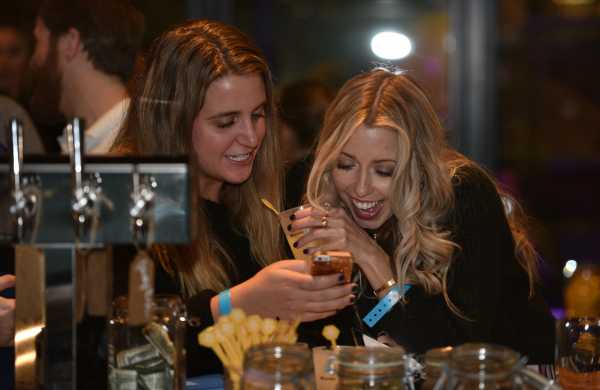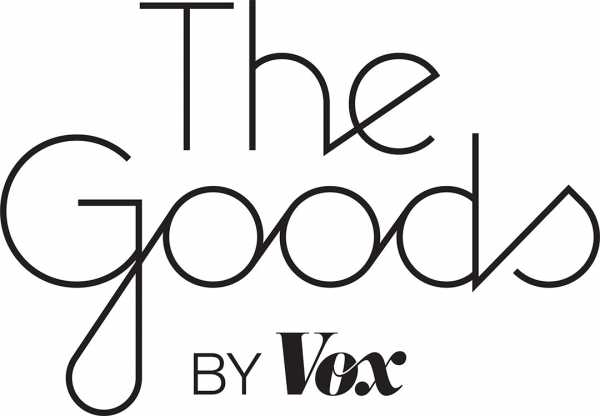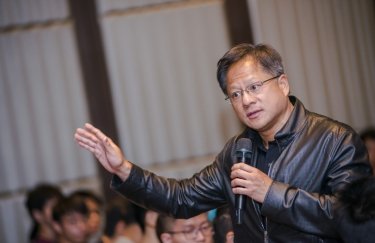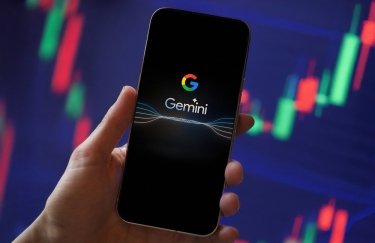

Match Group, which operates dating apps like Tinder and OkCupid, completed its acquisition of the 7-year-old app Hinge on Thursday, following its purchase of a majority stake in June 2018.
For years, Hinge has positioned itself as the alternative to Tinder, a way to get away from the shallowness and disappointment of flipping through trading-card profiles in an endless carousel. The self-proclaimed “relationship app,” Hinge matched people based on their mutual friends, was supposedly “designed to be deleted,” and boasted love as its core company value — purposely decentralizing the gamification central to swiping apps but never quite going after the advanced matchmaking algorithm promises of Match.com or OkCupid.
But in essence, all dating apps sell you the same thing, which is access to people who might want to date you, and some tools for sifting through them. There is very little about the technology itself that makes one or the other more valuable, so buying a new dating app is almost literally just buying more customers.
Right now, it looks like the near future will see every major dating app ending up in the same hands, just one of the many stories of industry consolidation we’re witnessing in what antitrust expert Tim Wu has called the second Gilded Age, which is maybe abstractly scary — but more tangibly so when you think about Facebook as the only company that could possibly stop it.
What is Hinge, and why would Match Group want it?
The dating app industry is a massively lucrative one, particularly now that app-makers have figured out how to monetize all of their individual features: Match’s fourth-quarter earnings for 2018 showed that Tinder added 1.2 million new users last year, and that it brought in $805 million in revenue — more than double the year before. In total, Match Group brought in about $1.7 billion, a pretty big share of a growing pie. Analysts estimate the global dating app market will be worth about $12 billion a year by 2020.
The dating app empire owned by the umbrella company InterActiveCorp (IAC) was founded in 1995, with Match.com as its cornerstone. It also operates the study guide and college-rating company the Princeton Review, and now owns upward of 45 dating-related businesses, including 25 acquisitions. Following its incorporation in 2009, it began aggressively courting acquisitions, including OkCupid in 2011, then Plenty of Fish in 2015 — four months before its initial public offering, at which it was valued at $2.9 billion. Its crown jewel is Tinder, which was developed by IAC’s internal incubator Hatch Labs and launched in 2012.
Hinge, on the other hand, almost failed at launch. Founder Justin McLeod has said that it finished out its first year with only a few thousand users and $32,000 in the bank. It didn’t see rapid user growth until 2014, relying heavily on marketing that distinguished it as the alternative to Tinder. While Tinder did its best to match users with strangers, Hinge proposed that it would be slightly less alienating and confusing if your matches were based on mutual Facebook friends.
By 2015, it was a hit, and McLeod was claiming it arranged 35,500 dates and 1,500 relationships a week. But the app was exceedingly ugly, and fell under criticism for appealing to an elitist urge to abandon the masses of Tinder and migrate to something more insular. It didn’t seem like something the company was trying to hide. A Hinge spokesperson told Vox’s Dylan Matthews at the time: “Hinge users are 99 percent college-educated, and the most popular industries include banking, consulting, media, and fashion. We recently found 35,000 users attended Ivy League schools.”
And though the user base was growing, McLeod told Vanity Fair that user satisfaction was dropping steadily. The company surveyed its users at the end of 2015 and found that 54 percent of its users reported “feeling lonely” after swiping, and that 81 percent had never found a long-term relationship. Hinge published its findings with a buzzy press push, calling it “The Dating Apocalypse.” The app got a huge visual overhaul, and it was relaunched in October 2016 with a $7 monthly fee meant to weed out the unserious. The new profiles included both photos and “icebreakers” — a range of personal questions from which users could select three to answer and display on their profiles. Most importantly, they were in arranged in a vertical scroll.
“We’ve swiped left on swiping,” the company announced. “Instead of … racking up matches, people engage with the rich stories on your profile for more human conversations. It’s like Instagram profiles for dating.” And then: “$7 is less than your monthly Netflix or Spotify subscription, and nowhere near the cost of eHarmony ($60/month) or Match.com ($42/month). But it’s enough to make sure everyone is on the same page and not just using Hinge for entertainment.”
But within a month, it was offering some users lifetime free memberships, and by 2017, the free tier was back for everyone. Today, the main differences between the free and premium versions are the filtering options. The free app lets users filter for gender, location, age, height, ethnicity, and religion. Hinge Preferred — which is still $7 a month — adds additional filters for politics, drinking, smoking, drug use, whether someone has children, and whether they want children. It also comes with unlimited likes and access to “Hinge Experts” to help design your profile.
While Tinder can boast that it’s the top-grossing dating app and the second-top-grossing app overall in the app store, Hinge’s website brags that it’s the “mobile-first” dating app mentioned most often in The New York Times wedding section. (Not doing much for charges of elitism there, but it’s catchy.) That’s not the only way Hinge is different from Tinder — it collects better data. It’s a more robust app and knows more about its users. It lets them set “Dealbreakers” on certain filters, emphasizing just how serious they are about never dating a person of a different religion or a certain height.
Related
How the Tinder algorithm actually works
It uses what it refers to as a “machine learning algorithm” to pick out one person per day as your Most Compatible, and prods conversations forward with an “anti-ghosting” Your Turn feature. Most notably, in October 2018, Hinge launched “We Met,” which asks users to give feedback on the real-life dates they’d been on. This information is supposedly used to improve the matchmaking algorithm, and the Hinge site states, “What we learn from ‘We Met’ will only be used to improve the algorithm and ensure that the Hinge community remains safe and respectful.”
Nevertheless, tons of data about the people who chose a middle ground between the ruthless swipe game of Tinder and the serious business of Match.com is valuable for Match, and could potentially be used to steer product decisions throughout its portfolio.
Bumble is the one that got away, and Match Group’s last remaining major competitor … until Facebook Dating
Match CEO Mandy Ginsberg explained Match’s acquisition of Hinge by saying it’s “highly relevant, particularly among urban, educated millennial women looking for relationships.”
An interesting and somewhat pointed choice of words given Match Group’s failed attempt to acquire Bumble — the women-first swiping app led by Tinder co-founder Whitney Wolfe Herd in 2014, around the time Herd was settling a sexual harassment lawsuit with her former employer.
Match Group sued Bumble in March 2018 for stealing its intellectual property — i.e., Tinder’s swiping functionality. Ten days later, Bumble filed its own patent infringement suit, saying that Match Group pretended to be interested in an acquisition of the company in the summer of 2017 only to gain access to privileged information and steal trade secrets, as well as “[chill] the market for an investment in Bumble.” Bumble also bought an entire page of the New York Times and used it to call Match Group a “bully,” adding, “We swipe left on your multiple attempts to buy us, copy us, and, now, to intimidate us.”
Bumble later dropped its countersuit, but it did nothing to improve relations between the two companies. Match accused Bumble of engineering the entire drama “[a]s a hook to begin promoting the fact that Bumble was looking into conducting an Initial Public Offering on the New York Stock Exchange.” Bumble told The Verge it still believed Match was “bent on trying to impair the very business it was so desperate to buy.” This isn’t exactly the dirtiest tech startup battle of the past 10 years, but it shouldn’t be overlooked.
Nor should Match Group’s consolidation of power and arguable stifling of competition, even though that’s unlikely to concern the Federal Trade Commission.
“For dating startups, resistance against IAC is futile,” Wired’s Issie Lapowsky wrote in 2014, reflecting on the company’s acquisition of HowAboutWe — a New York-based company that had tried to avoid selling to Match Group by diversifying its revenue with an editorial arm. Two months later, the company had been sold to Match after all. In a 2018 interview with Recode’s Kara Swisher, Ginsberg, the Match CEO, pointed out that her company also owns OurTime, the most popular dating app specifically for people ages 50 and up; and BlackPeopleMeet, the most popular dating app specifically for black people; and has recently launched BLK “for young millennial African Americans,” as well as Chispa, “a big partnership with Univision to attract the Latino community.”
She asserted that Match Group is growing its portfolio globally at all times, filling in gaps with acquisitions, and that, in the meantime, “Every person who’s 18, 19, 20 should be on Tinder … we really want to be integrated into people’s single social life, especially when they’re young.”
Consolidation in the dating app industry does not look as urgent as consolidation in industries like social media or online retail or pharmaceuticals, and if the FTC is busy working up the nerve and resources to do anything at all about Facebook, that’s definitely more important. Though, ironically, Facebook recently began testing its own dating app — undoubtedly the only new project in the space that could threaten Match’s dominance. Facebook already has the largest map of social networks in human history, with more than 2 billion active users. We’re hurtling toward an increasingly monopolized future, where the only challenges come from other preexisting monopolies.
Sourse: vox.com






